Visitors opt for venues with air conditioning, educational interactive experiences during vacations
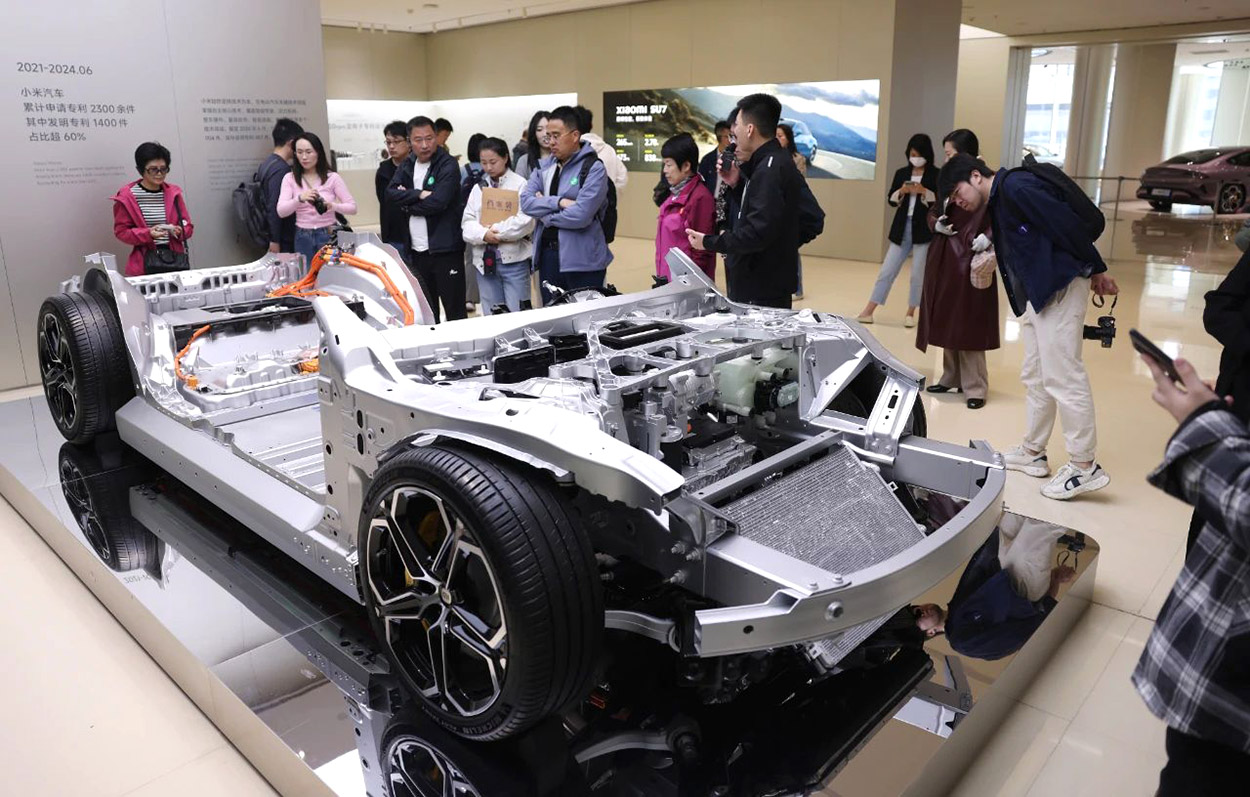
Spending your holiday touring a factory that makes stinky noodle dishes seems like an unexciting way to enjoy a summer vacation, but that's exactly what Lu Jiaying and her boyfriend did recently.
On July 11, the sun was beating down and the heat was stifling in Liuzhou, Guangxi Zhuang autonomous region. The couple, from Guangzhou, neighboring Guangdong province, were on the last day of their trip to Liuzhou.
A bored Lu scrolled through the social media platform Xiaohongshu, or RedNote, thinking, "I need to find an air-conditioned place to visit."
Then, an idea struck her — why not tour the Luobawang Liuzhou Luosifen production plant with her boyfriend? Luosifen is a rice noodle dish made with a pungent snail broth; a street food from Liuzhou whose popularity has grown far beyond its origins.
"We had been in Liuzhou for several days and had already checked off most tourist spots. But we didn't want to end our journey by just lounging in the hotel, so we turned to social media to find something interesting and niche," Lu said.
"I suddenly saw many recommendations for Luobawang's factory on Xiaohongshu. Since I am a fan of luosifen, it clicked instantly — why not tour the facility?" said the 28-year-old.
The tour lasted about half an hour.
It started with a guide telling Lu and her boyfriend about the company's history. They then entered an interactive zone designed like an old-fashioned luosifen snack shop, complete with tables full of plastic models of the dish and its ingredients.
"The whole idea is to show visitors how they produce the noodles. There was even a life-sized luosifen bowl where we could take photos. Completing check-in tasks earned us small gifts and postcards — that part was really fun," she said.
The final stop was a luosifen buffet, which was the biggest highlight for fans of the dish like Lu. However, as they had arrived in the afternoon, only the packaging and e-commerce departments were still operating because most of the production work is done in the morning.
"In the past, traveling meant seeing natural scenery. Factory tours were a fresh experience for me," said Lu.
"Since Liuzhou is the hometown of luosifen, visiting this factory helped me understand its production process and history. It made me realize that travel isn't just about nature — it's also about culture and local traditions."
When asked if the tour felt niche enough, Lu said buying the 36-yuan ($5) entrance ticket was worthwhile.
"Many friends have posted pictures of their visits to Liuzhou on WeChat Moments, but none seem to have visited a luosifen factory," she said.
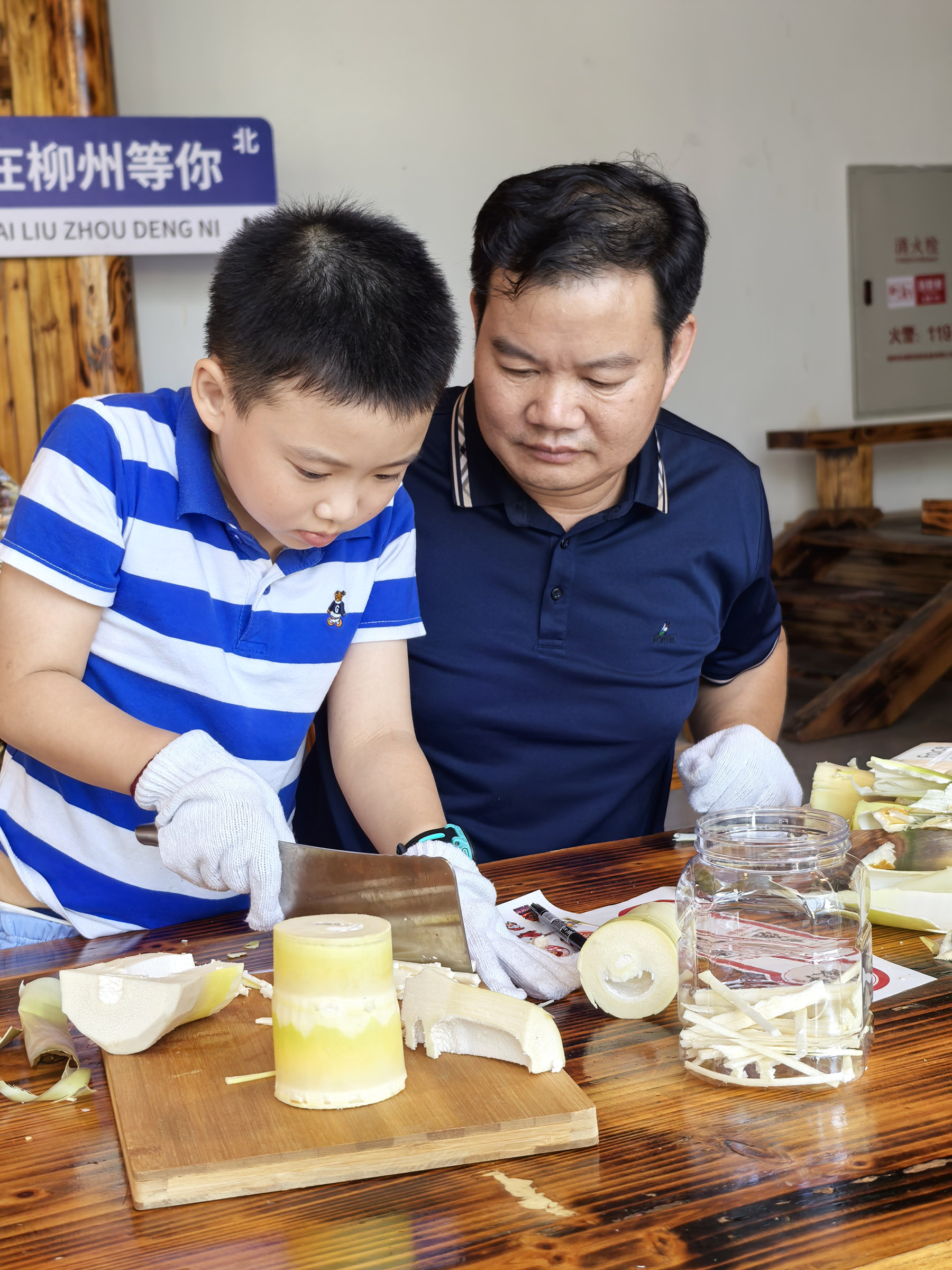
In high demand
This summer, many young people like Lu had been cooling off inside factories. As extreme weather affects outdoor travel, more consumers are turning to indoor activities, unexpectedly fueling the popularity of "factory tours" — a blend of manufacturing and cultural tourism.
The factory tour trend, featuring industrial science and education tourism, falls under categories such as corporate or production facility education bases in the national classification system of the China Association for Science and Technology.
These factories attract visitors with free admission or low-cost tickets, educational content and highly interactive experiences, and have created a new niche in this summer's tourism market.
If you browse Xiaohongshu, Douyin or Kuaishou for travel ideas like Lu did, you'll find countless posts and guides about factory tours. Everything from food and beverage manufacturing to automotive factories have become sought-after tourist experiences this summer.
Popular factories like Xiaomi's auto plant are in such high demand that securing a ticket requires both luck and speed.
Contrary to traditional perceptions of factories as dirty and chaotic, many have now rebranded as sleek, cool spaces designed to attract tourists and generate new business opportunities.
Food processing was among the first industries to embrace tourism. As early as 2021, the beverage brand Genki Forest established a tourist factory in Xianning, Hubei province, with low ticket prices, freebies and new product sampling to boost brand loyalty and drink sales.
In early July, a 22-year-old teacher surnamed Wu visited the Yili Modern Intelligent Health Valley in Hohhot, Inner Mongolia autonomous region, to see "how a bottle of milk is made".
Wu expected a crowded, hectic production floor in the factory. Instead, she found "far fewer staff than she had imagined, with extensive use of smart controls".
"This tour was part of a travel agency package. There were dedicated tour guides and interactive zones — it really felt like a proper travel experience," she said.
What impressed her most was the chance to try limited-run products not yet available in stores.
"Factory tours bring consumers closer to producers. Because what we're seeing is directly related to our daily lives, people are more curious about this," Wu said.
"Everybody drinks milk, right? Demand for dairy is rising, but I have to say that trust in domestic brands among young people isn't always high. These tours also offer a chance for public scrutiny," she added.
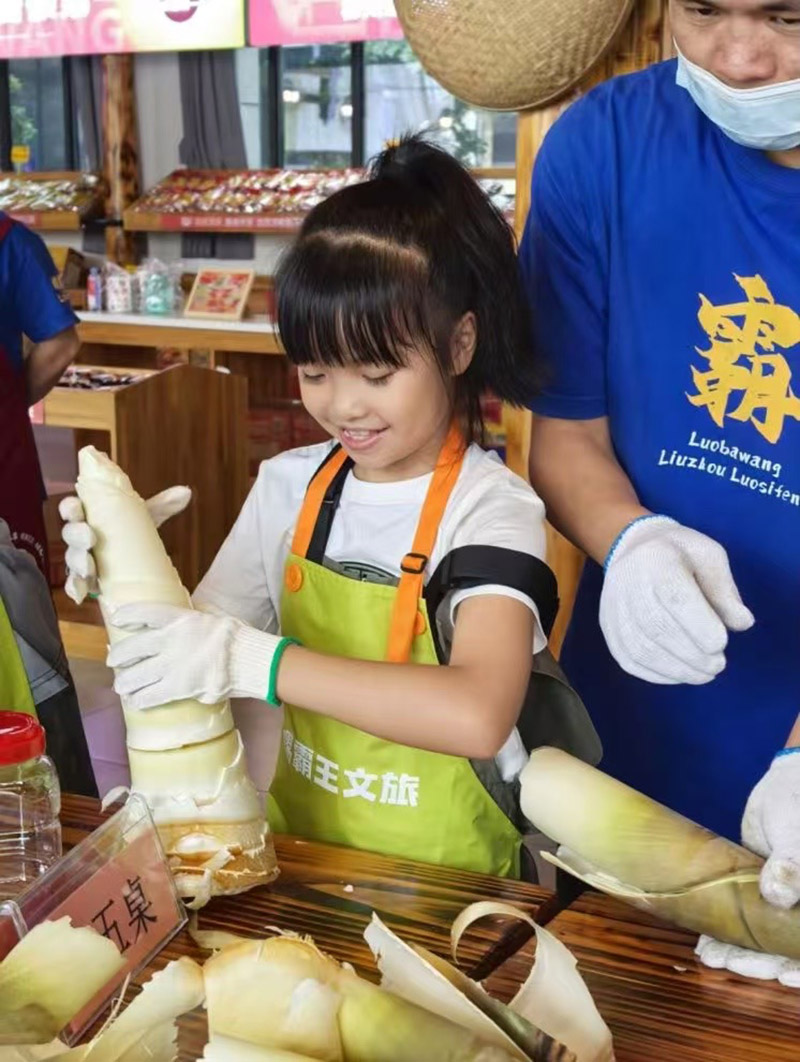
Sun Jiashan, a researcher at the Central Academy of Culture and Tourism Management, said he believes that factory tours' main appeal for young people lies in them becoming familiarized with the way products are made, and the strong interactivity offered.
"People have consumed the product but have never seen how it's made. These tours provide a quick escape from daily routines. Plus, interactive elements — such as learning about the luosifen production process, tasting it on-site, and taking photos at designated zones — create a 'slow variety show' atmosphere," he said.
Post-millennial youth seek novelty and engagement, viewing fun factory tours where they can sample products as a way to relieve post-exam stress, a 2025 youth travel trend report by the China Business Network indicated.
Office workers born in the 1980s and 1985s are also participating, using their weekends to briefly see a different type of work, and find relaxation in assembly-line orderliness. "It's also a social activity — usually done with friends or as school group trips. It serves as a form of social leisure," Sun added.
In addition, these tours can help activate cultural tourism resources, he said. Some sites built on former factory grounds can be transformed into intellectual properties, increasing brand visibility and boosting local tourism.
Thanks to corporate branding and local government support, China now boasts over 1,000 factory tour attractions. Furthermore, Beijing and Shanghai both announced plans in February to develop more than a dozen new factory tour destinations.
From a practical standpoint, factory tours also enhance brand awareness and consumer trust.
The Tsingtao Beer Museum in Qingdao, Shandong province, for example, welcomed over 1.8 million visitors last year and generated 200 million yuan in revenue. This summer's beer festival attracted a large number of international tourists, including over 10,000 from South Korea.
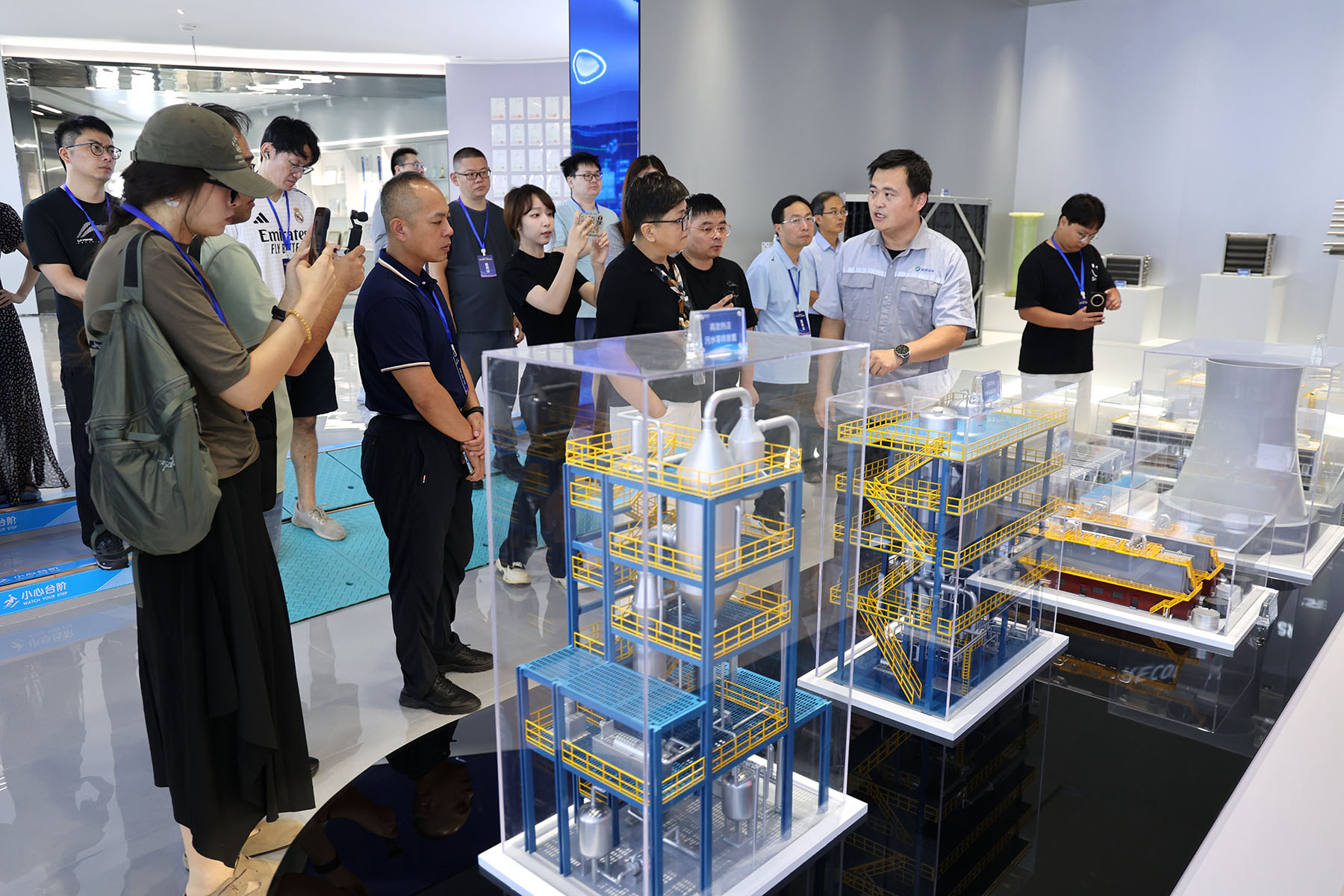
Room for growth
The luosifen production park has welcomed nearly 100,000 visitors annually since its opening in March 2021. In 2024, ticket sales and merchandise from the industrial park generated over 20 million yuan.
"Many visitors become loyal customers after the tour. We convert 30 to 40 percent of our annual visitors into clients," Yao Hanlin, chairman of Guangxi Luobawang Food Technology, told China Daily.
"Not only has our factory's popularity increased, but we've also boosted the surrounding dining, accommodation and transportation options in Liuzhou city.
"Visitors often eat and stay nearby after tours. This has helped popularize luosifen cultural routes, revitalizing attractions like the Lotus Cave Science Museum, Liuzhou Industrial Museum and Luosifen Town.
"DIY experiences at the industrial park have also stimulated sales of local handicrafts and souvenirs, injecting new vitality into the local economy," he added.
Yao said that after their visits, tourists share their experiences, becoming ambassadors for luosifen culture and further promoting Liuzhou's signature dish through word of mouth.
However, industrial and factory tourism accounts for less than 5 percent of China's total tourism revenue, which is significantly below the global average of over 10 percent, suggesting substantial growth potential in this area, according to a report released by the Zhongyan Puhua Industry Research Institute.
The report also estimated that China's industrial tourism market will exceed 45 billion yuan by 2025, with a compound annual growth rate of 18 to 22 percent in the coming years. By 2030, the market is expected to surpass 100 billion yuan.
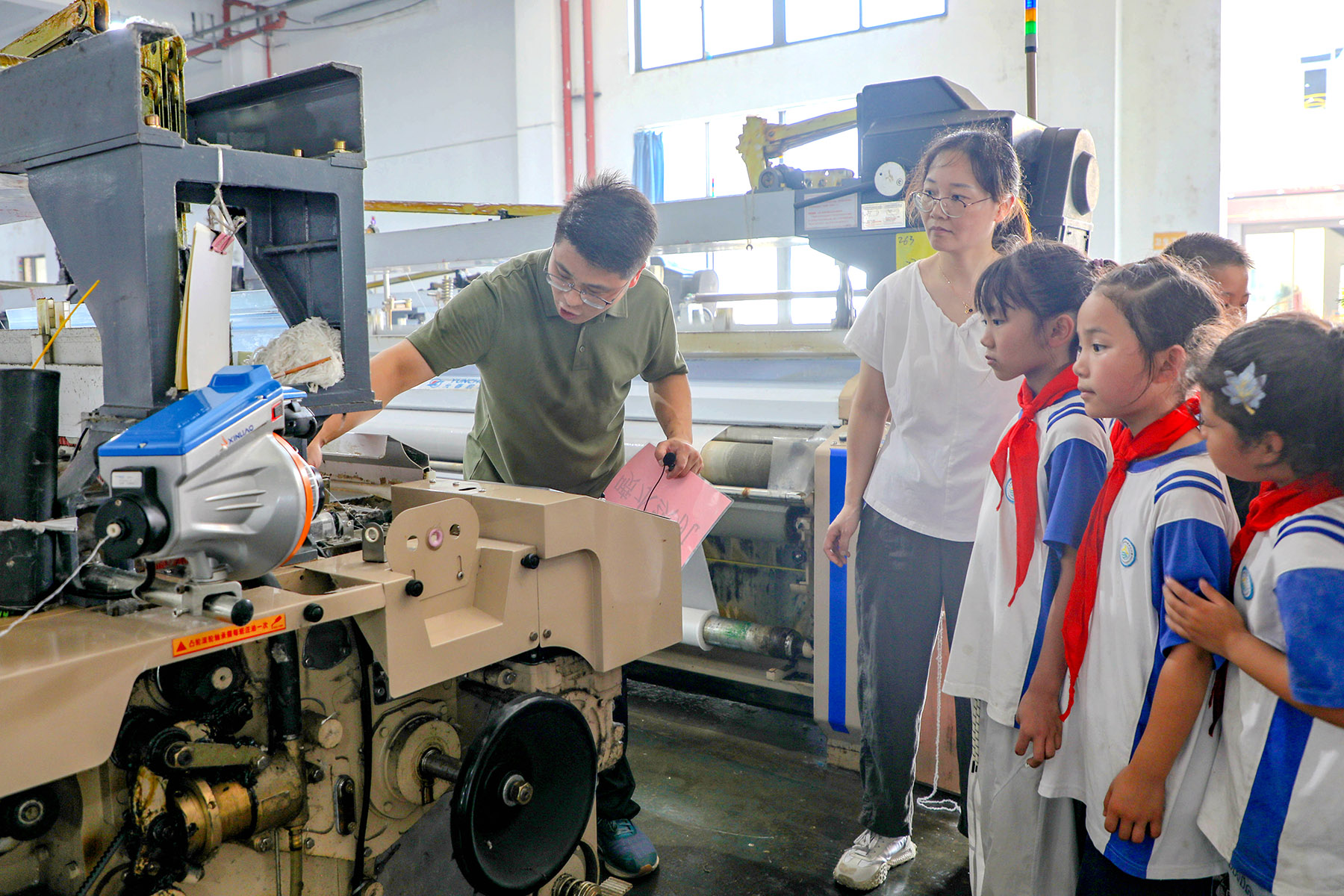
Fresh approach
In some places, such as Shenzhen in Guangdong province, factory tours are also creating new scenarios and formats, incorporating low-carbon and eco-friendly experiences into tourist itineraries.
Last October, Du Yijia, founder of the sustainable innovation platform On the RISE, visited the Longgang Energy Ecological Park to observe how household waste is processed and incinerated for power.
"It was my first time at a waste treatment plant, and it wasn't what I expected. The park was clean and high-tech, not at all like the traditional smelly, garbage-filled sites. Staff members informed me that the plant 'eats'a quarter of Shenzhen's daily household waste," Du said.
The 540,000-square-meter facility processes 5,100 metric tons of household waste daily, generating 3 million kWh of electricity per day on average — enough to power 10,000 households for a month.
During the tour, Du found the waste-sorting section particularly fascinating. Behind enclosed glass, giant mechanical claws grabbed waste and moved it to the next phase in the process.
"It felt like a huge claw machine. The entire procedure was smart and integrated advanced technology and innovation. For example, I learned that slag from incineration can be recycled into bricks," she said.
The educational tour also heightened Du's awareness of the importance of sustainable living. "Even with advanced technology, 2 percent of waste still cannot be processed and ends up in landfills. It made me realize that without controlling waste in real life, our living spaces could become compromised in the future," she said.
Du said that unlike traditional nature or museum tours, factory visits offer immersive experiences that provide deeper insights into processes like waste treatment.
"Our daily sources of entertainment and information are often limited to social media and short videos. Tours like this are wonderful because they help us disconnect from screens and engage with real-life experiences that matter," she said.
After Du shared her experience on Xiaohongshu, it became her most popular post, accumulating around 250,000 views.
Sun, the researcher, said the interactive nature of factory tours aligns well with the content style of China's social media platforms, such as Xiaohongshu.
ALSO READ: GBA internship program opens to more young people in HK
"The popularity of these tours among young people is closely tied to their presence on social media. The interactive and social dimensions are ideal for image and short video platforms," he said.
However, despite their popularity, factory tours face several challenges. Some facilities are situated in remote areas with limited transport, dining and accommodation options. In addition, many lack professional guides or tailored tour plans, which can diminish the overall visitor experience.
"Furthermore, these lightweight experiences tend to be one-time visits. Tourists are unlikely to revisit the same factory, let alone return a third time," Sun said.
"Therefore, for visitors, it usually isn't a primary reason to explore a new city; for companies, it may not become a core aspect of their business. A more suitable development path remains to be explored," he said.
Contact the writer at zhaoruinan@chinadaily.com.cn


